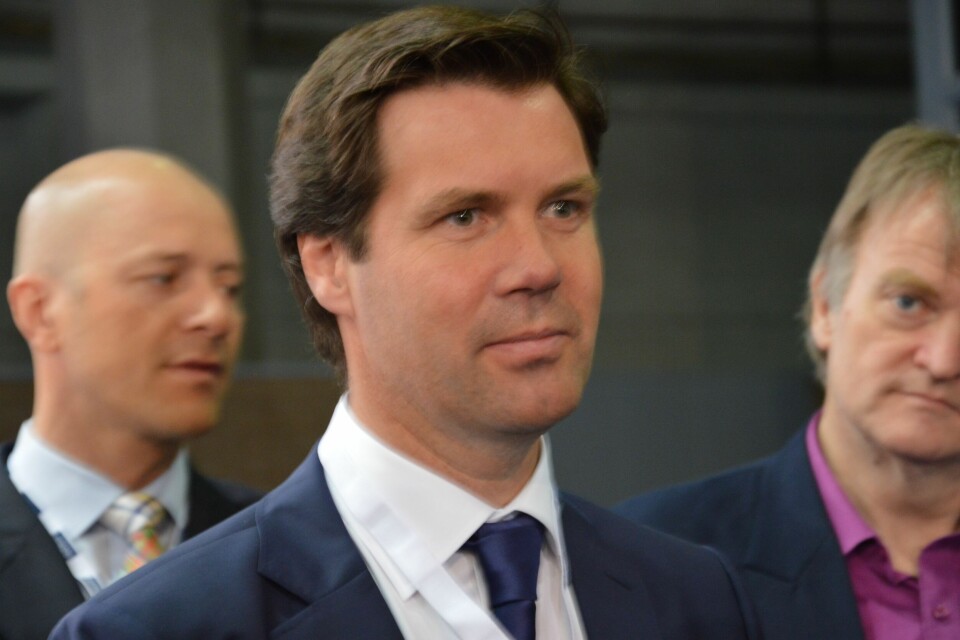
Record revenue but lower earnings for Lerøy in Q3
Third quarter revenue for Lerøy was up 33% on the same period last year and operating profit increased by 56%.
However, the Norwegian salmon farming giant, which has a 50% stake in Scottish Sea Farms, reported lower than expected earnings due to early harvesting.
CEO Henning Beltestad said quarterly revenue, at NOK 6,325 million (£545m), compared to NOK 4,773 million in Q3 2020, was the highest ever. And harvest volumes were at an all-time high too.
“Demand for seafood is, in general, very strong, giving grounds for an optimistic outlook for the future of the industry,” he said.
“At the same time, our earnings in the third quarter are lower than what we expected at the start of the quarter.
Harvest schedules
“During the final weeks of the quarter, we had to make changes to our harvest schedules, and were forced to harvest early at lower weights than planned.
“This had a negative impact on both prices realised and costs. We also underestimated the export volumes from Norway, especially in September.”
Lerøy, which has white fish catching as well as salmon farming operations, recorded an operating profit of NOK 579 million (NOK 370m).
Operating profit for the farming segment before fair value adjustment related to biological assets was NOK 427 million (NOK 308m).
The company harvested 56,000 tonnes, compared with 44,000 tonnes in Q3 2020, across its three farming regions in Norway: Lerøy Aurora located in Troms and Finnmark, Lerøy Midt located in Nordmøre and Trøndelag and Lerøy Sjøtroll located in Vestland.
Majority
Because Lerøy does not own a majority share in Scottish Sea Farms, that company’s results are not included in the figures.
“Growth at the end of Q3 2021 and particularly the start of Q4 2021 has been slightly lower than expected,” said Beltestad.
“The estimated harvest volume in 2021, including the share from associates, is approximately 204,000 GWT, with an estimated 207,000 GWT in 2022.”
He added that costs in Q4 2021 were expected to be lower than in previous quarters, but inflation was affecting the cost of raw materials, including feed.






















































